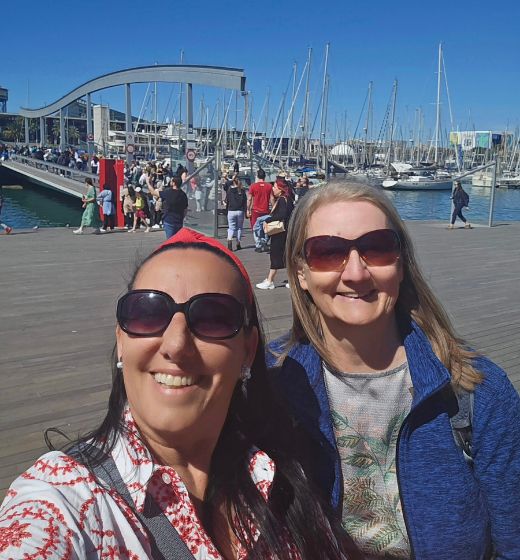

Meet Elaine, a retired accountant from the South of England, has always had a deep passion for horse riding. For the past 30 years, she has honed her skills, embarking on numerous horse riding trips across Spain, particularly in Madrid and Málaga.
Her love for adventure and the outdoors is matched by her enthusiasm for learning new things, which led her to start learning Spanish six years ago.
Initially, she took a casual, self-taught approach, gradually picking up the language in her spare time. However, after three years of self-study, Elaine decided to take her Spanish learning to the next level and began formal lessons with a teacher.
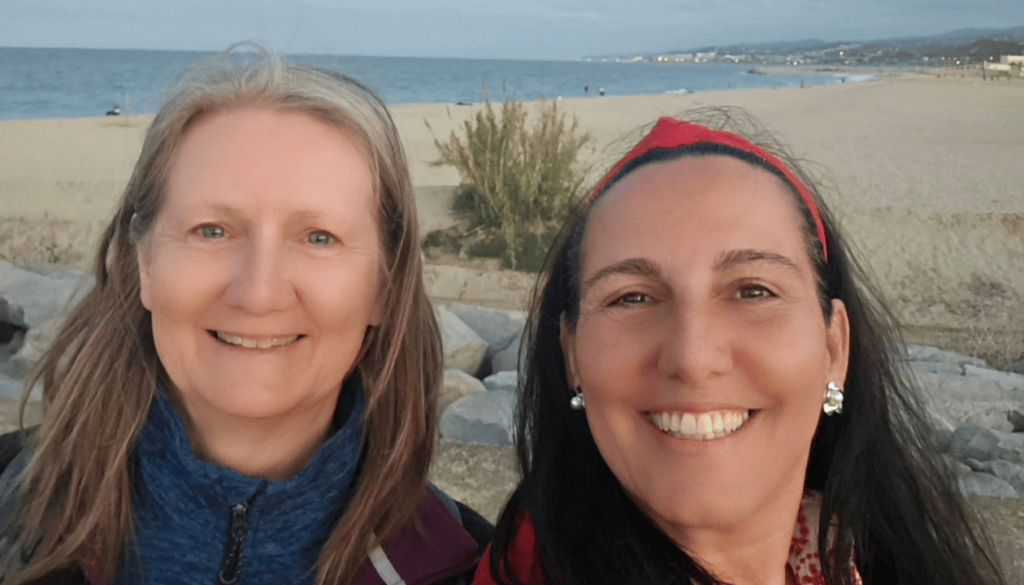
Over the past three years, her dedication has paid off, as she now finds herself nearing a B1 level in Spanish, reflecting the impressive progress she has made on her language journey.
Her commitment to both horse riding and language learning demonstrates her passion for personal growth and exploring the world around her, highlighting the advantages of solo travel in retirement.
Introduction to Solo Travel
Solo travel is an exciting and liberating experience that allows individuals to explore the world on their own terms. For many, taking a solo trip is a rare opportunity to focus on their own interests, step out of their comfort zone, and gain a deeper understanding of themselves and the world around them.
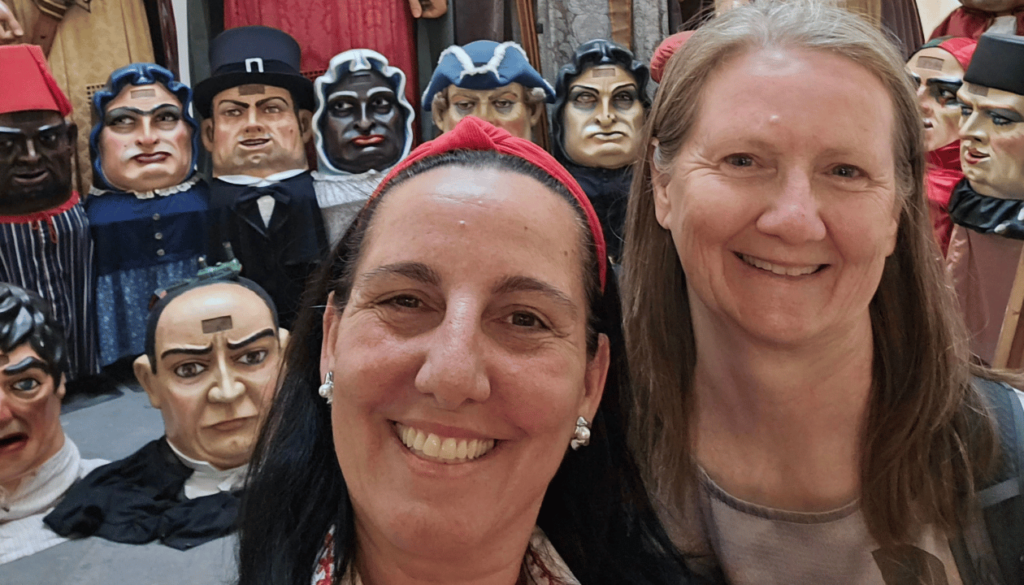
With careful planning and research, solo travelers can create unforgettable travel memories and experiences that cater specifically to their needs and desires. Whether you’re a senior solo traveler or embarking on your first solo trip, solo travel offers a powerful tool for personal growth, exploration, and self-discovery.
Imagine the freedom of waking up in a new city, with a day full of possibilities that you alone get to decide. Solo travel allows you to immerse yourself in local culture, try new activities, and meet like-minded travelers along the way.
It’s a journey that’s all about you—your pace, your interests, and your unique experiences. For many women, especially those traveling alone for the first time, it’s a chance to build confidence and independence. And for senior travelers, it’s a perfect opportunity to fulfill long-held travel dreams and explore the world in a way that’s both enriching and empowering.

Planning Your Solo Adventure
Planning a solo adventure requires careful consideration of several factors, including destination, transportation, accommodation, and safety. Solo travelers should research their desired destination thoroughly, taking into account local culture, customs, and potential safety concerns.
It’s also essential to create a detailed itinerary, including booking accommodations and arranging for transportation. Many tour operators cater specifically to solo travelers, offering small group tours and guided tours that provide a safe and social environment for meeting fellow travelers.
When planning your solo trip, consider your own interests and preferences. Whatever your passion, there’s a destination and an experience waiting for you. Don’t be afraid to venture out of your comfort zone and try new things—exploring hidden gems, joining local tours, or even taking a language class can add depth to your journey.
Safety is paramount when traveling alone. Make sure to stay alert, keep your belongings secure, and have a plan for emergencies. Travel insurance is a wise investment, providing peace of mind for unexpected situations. With the right mindset and planning, solo travel can be a life-changing experience that broadens your horizons and fosters a sense of well-being and fulfillment. So, take the leap, plan your adventure, and get ready to see the world in a whole new light.

Living the Language: Personalised Lessons with Purpose
Each day, Elaine took part in personalised, one-on-one Spanish lessons tailored to her goals and interests. Together with my lovely assistant Lydia, we crafted sessions that combined structured learning with meaningful conversation. Hiring local guides to manage travel logistics allowed us to focus on creating a stress-free learning environment for Elaine.
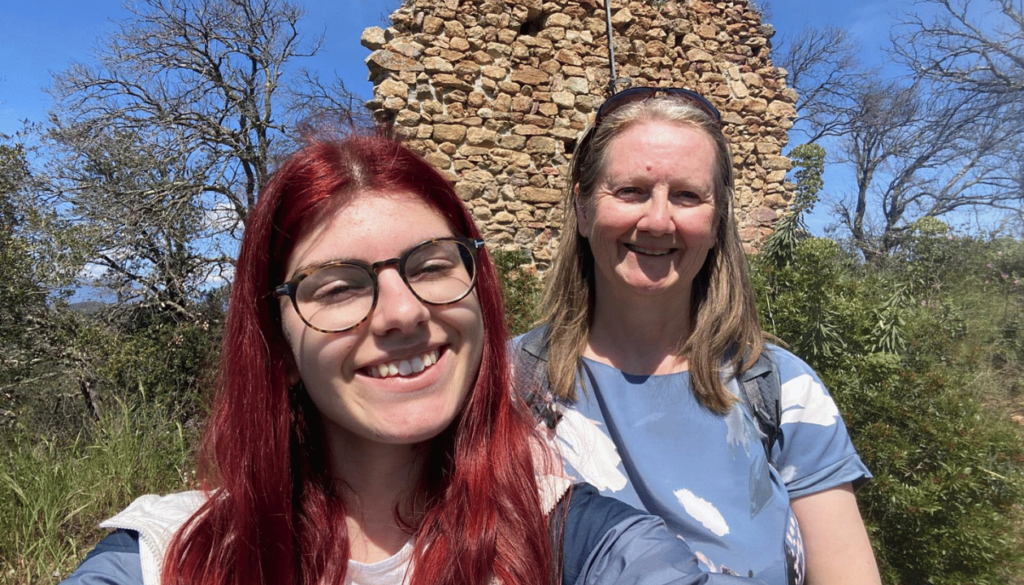
Some lessons took place at the table, where we focused on grammar or vocabulary, but many unfolded naturally during daily activities—walking through the forest, chatting in cafés, or exploring the town. Whether we were reviewing verb conjugations under the pine trees or discussing daily routines over lunch, Elaine embraced every opportunity to learn.
By midweek, her confidence had blossomed. She was speaking more freely, engaging with locals, and enjoying the rhythm of everyday Spanish.
Beyond Barcelona: Discovering the Heart of Catalonia
Although Barcelona served as the central hub of Laura’s journey, her immersion extended far beyond the city’s borders. She ventured into the charming nearby towns of Dosrius, Argentona, and Mataró, where she found new and authentic ways to practise Spanish while soaking up the rhythms of everyday Catalan life.
From the tranquillity of the countryside to the festive energy of local celebrations, each destination added depth to her cultural and linguistic experience. Solo travelers, especially seniors, can join small group tours to meet like-minded individuals and enhance their travel experience.
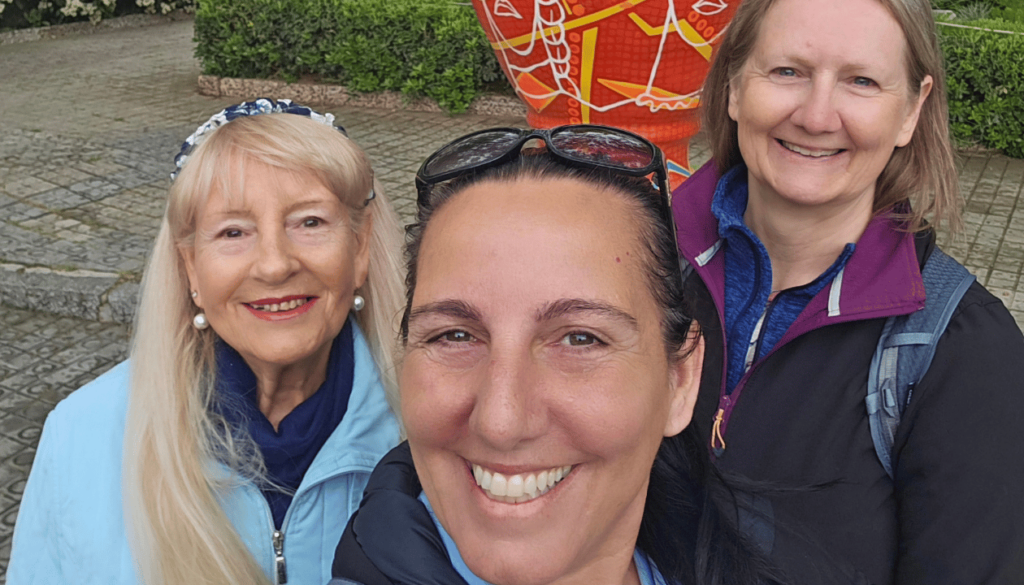
A Peaceful Educational Tour in Dosrius with Lydia
One morning, Elaine and Lydia, one of my teacher assistants, set off to explore the serene town of Dosrius, tucked away between pine-covered hills and quiet trails. Their walk led them to the enchanting Bosc Artístic Ernest Borràs, an open-air forest gallery where nature and creativity blend beautifully.
Surrounded by whimsical sculptures and natural art installations, Elaine engaged in Spanish conversation with Lydia, describing what she saw, sharing impressions, and learning new vocabulary tied to art and nature. The peaceful environment and artistic charm made it an unforgettable lesson, proving once again that language flows best when the mind is inspired and at ease.
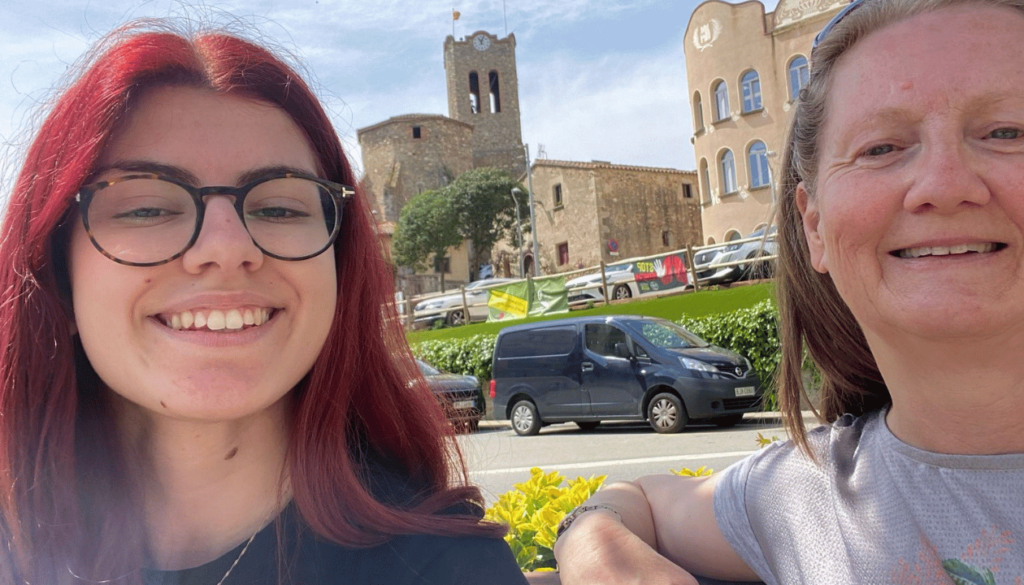
A Quiet Day in Argentona with My Mum
Later in the week, we spent a quieter day in Argentona, a charming town known for its ceramic heritage. At the Museu del Càntir, Elaine explored the history of water jugs and admired the gigantic càntirs displayed throughout the town, each one more curious than the last.
At some point, the conversation turned to elephants (a shared favourite of Elaine’s and my mum!), sparking smiles and a few fun stories. It was one of those special moments where language, culture, and connection came together so naturally, wrapped in warmth and laughter.
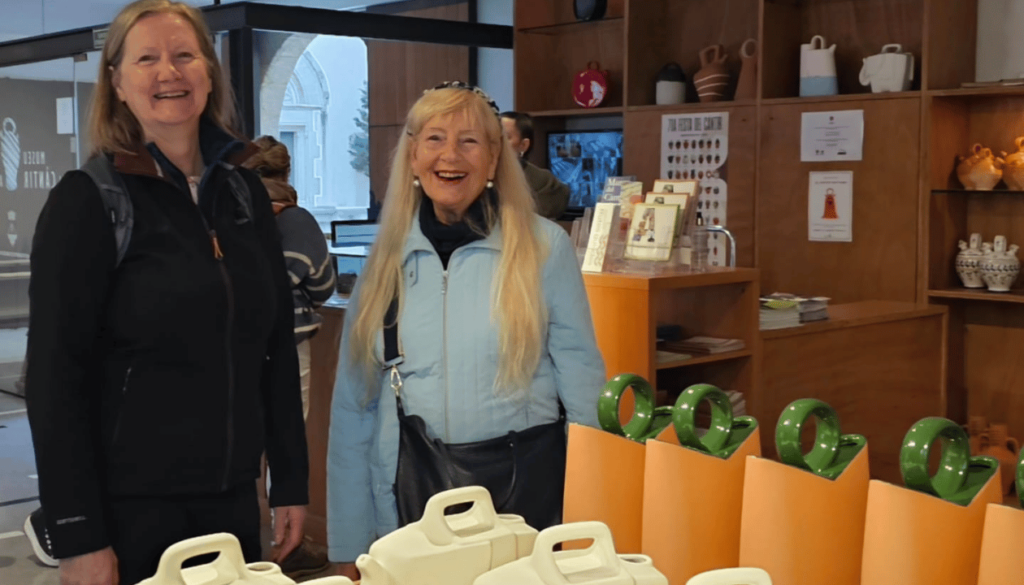
Celebrating Culture Through Experience Around Mataró
Elaine’s week was filled with cultural experiences that brought Spanish to life. The coastal town of Mataró, known for its artistic legacy and lively traditions, offered the perfect backdrop for immersion. Traveling in groups can enhance such experiences by providing structured itineraries and guides.
She joined the Semana Santa (Easter) celebrations, visited the Town Hall to admire its elegant architecture and civic significance, and explored Nau Gaudí, one of Gaudí’s earliest works.
With each outing, Elaine practised her Spanish in real conversations—chatting with locals, asking questions, and connecting deeply with Catalan culture.
These weren’t just sightseeing trips—they were living lessons, full of colour, creativity, and genuine connection.
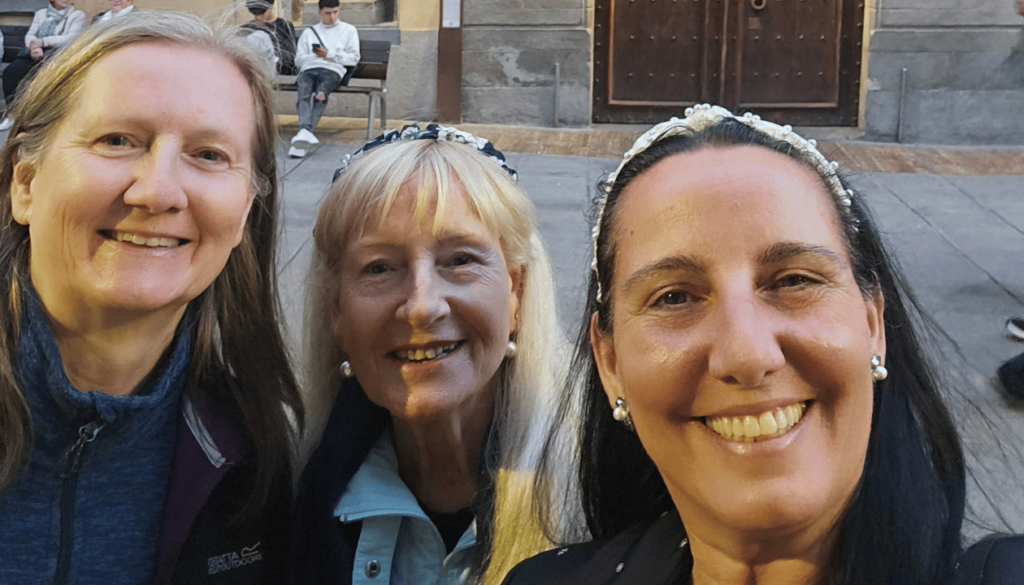
Nau Gaudí: Where Elaine Met the Genius of Gaudí in Mataró
One of the cultural highlights of Elaine’s stay was her visit to Nau Gaudí, the first building ever designed by the iconic architect Antoni Gaudí. Tucked away in the heart of Mataró, this former industrial warehouse has been transformed into a modern art space that beautifully blends Gaudí’s early architectural vision with contemporary creativity.
As we explored its striking structure and rotating art exhibitions, Elaine was fascinated by the building’s history and its role in showcasing Catalan innovation. The visit sparked rich conversations in Spanish about architecture, design, and local heritage, adding yet another meaningful layer to her immersive learning experience.
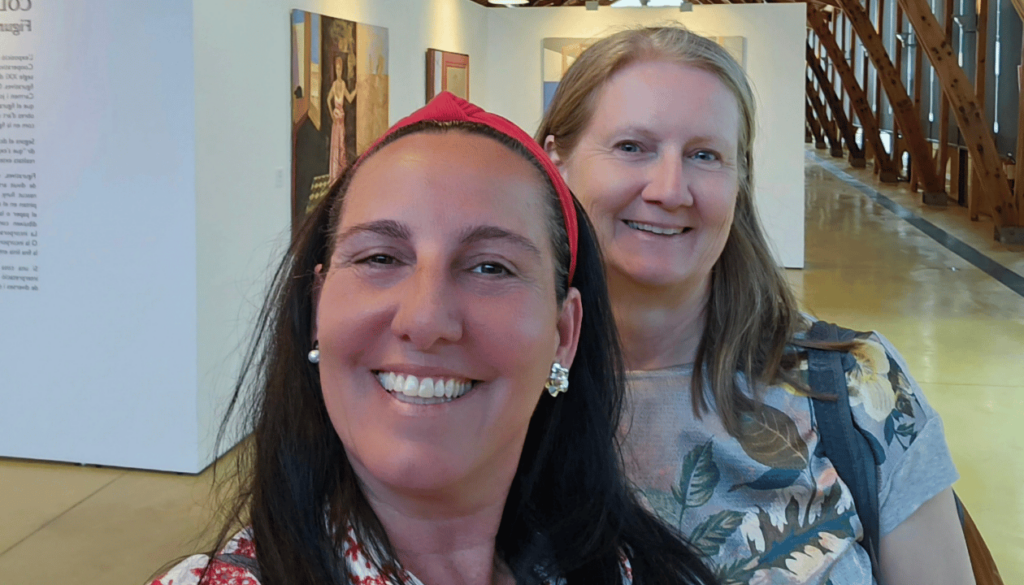
La Confianza: Honouring Puig i Cadafalch’s Legacy in Mataró
Our visit to La Confianza was more than just a stop at an artisan shop—it was a quiet tribute to Puig i Cadafalch, one of Mataró’s most influential sons. Named after the cooperative he founded to support local craftspeople and promote Catalan identity, La Confianza carries forward his vision of uniting art, community, and tradition.
Surrounded by handmade goods and timeless designs, Elaine learned about the history behind the space and Puig i Cadafalch’s role in shaping Mataró’s cultural landscape. We spoke in Spanish about his legacy, his architectural influence, and his dedication to preserving Catalan heritage. The experience added depth to Elaine’s immersion—not just through language, but through a deeper understanding of the region’s identity and the figures who helped define it.
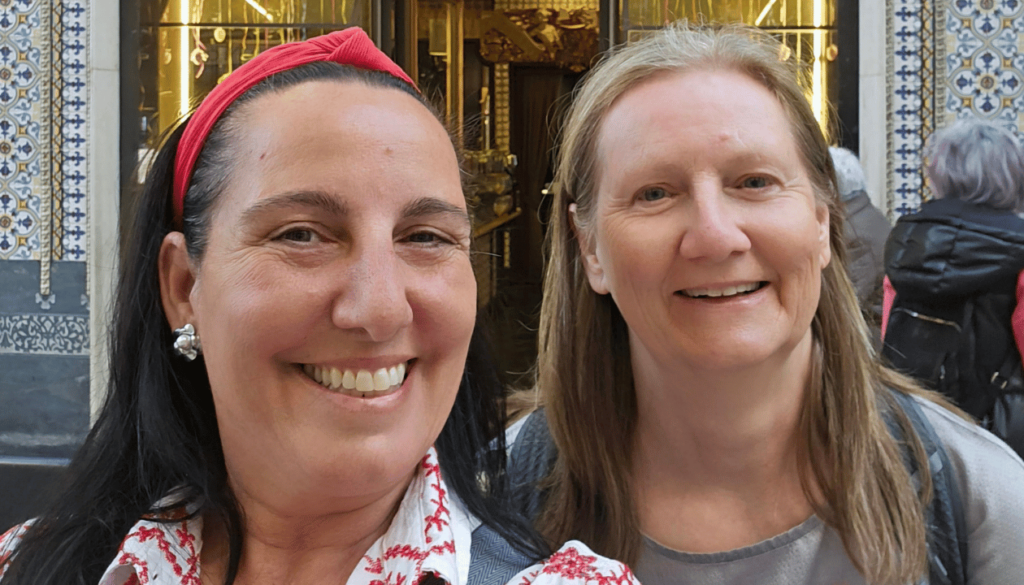
Chocolate con Churros
After a full day of exploring the streets of Mataró—admiring local architecture, browsing artisan shops, and chatting along the way—we ended the afternoon with a well-earned treat: chocolate con churros. We found a charming churrería tucked away in the city centre, its outdoor tables buzzing with conversation.
Elaine ordered confidently in Spanish, using the expressions she had practised earlier in the week. As we dipped crispy churros into thick, velvety chocolate, the day’s sightseeing turned into relaxed conversation and laughter. It was the perfect sweet ending to a culture-filled day—and another joyful moment of using Spanish in real life.
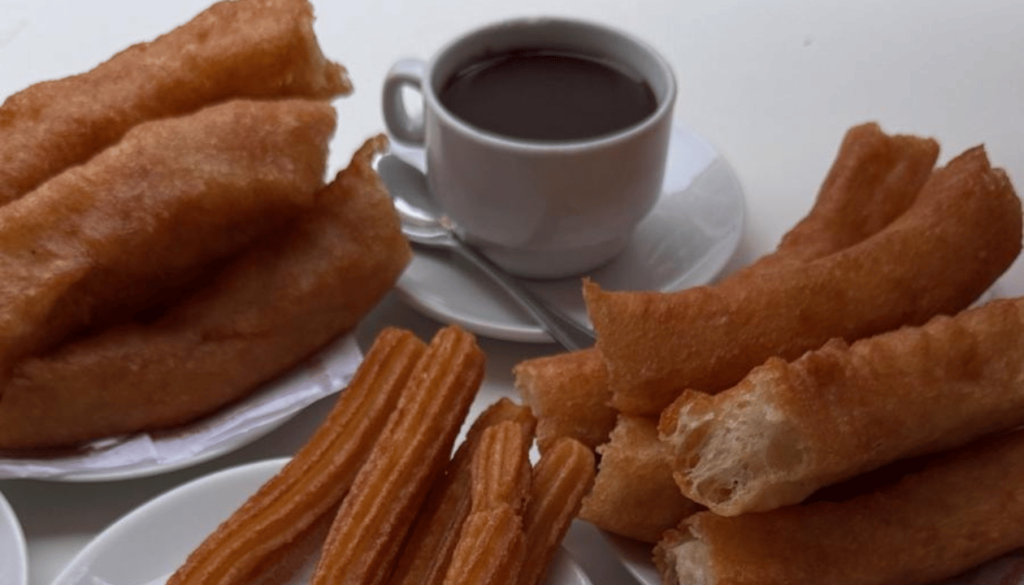
Holy Week in Mataró
Elaine’s stay coincided with Semana Santa in Mataró—an emotionally rich experience that added a powerful layer to her immersion.
On Palm Sunday, she attended the Prendimiento procession. Watching the costaleros run up the steep Baixada de les Escaletes with the paso was a breathtaking sight, one that deeply moved her.
On Holy Thursday, she witnessed the tribute by the Armats de Mataró, a solemn reenactment by locals dressed as Roman soldiers. Then came the grand Procesión General on Good Friday, where all brotherhoods and confraternities filled the streets with solemnity and tradition.
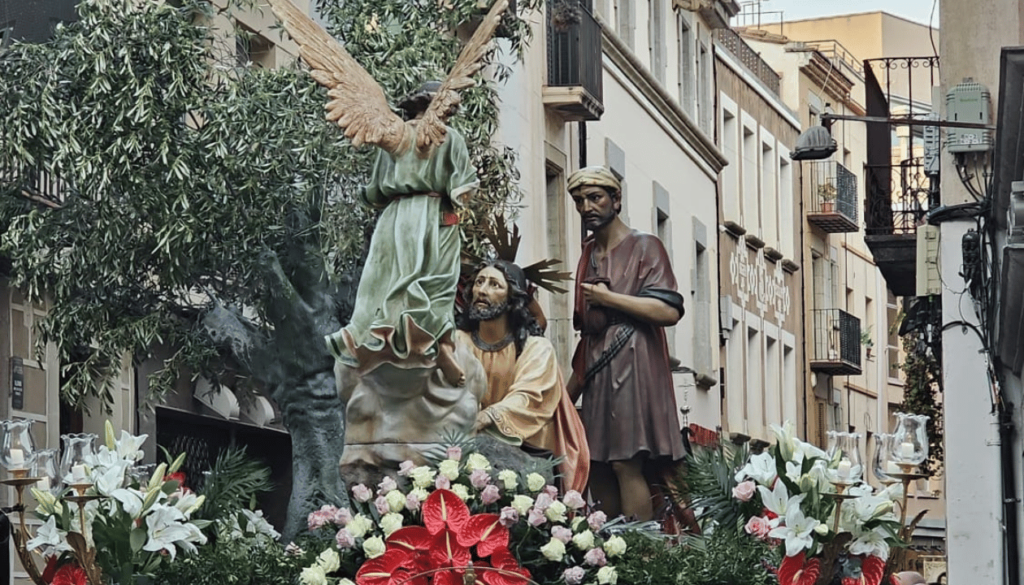
This event, declared part of the Cultural Heritage of Mataró, gave Elaine an unforgettable insight into Spanish religious culture.
These experiences weren’t just visually striking—they were deeply emotional. And for Elaine, they were also an opportunity to speak, listen, and connect in Spanish on a whole new level.
Heart of the City: Practising Spanish in Central Barcelona for Solo Travelers

Back in the vibrant heart of Barcelona, Laura fully embraced the rhythm of city life on foot. From the elegance of Passeig de Gràcia to the hidden corners of the Gothic Quarter and the buzz of Las Ramblas, she walked for hours, using each interaction as a chance to practise her Spanish—whether asking for directions, browsing local shops, or chatting with vendors.
Along the way, she also had the opportunity to make new friends, forming connections that enriched her travel experience.
With every step, her confidence grew. The city became her classroom, and the spontaneous conversations along the way helped turn passive knowledge into active, real-world communication. However, she also learned that unexpected events can happen, reminding her of the importance of being prepared for any situation.
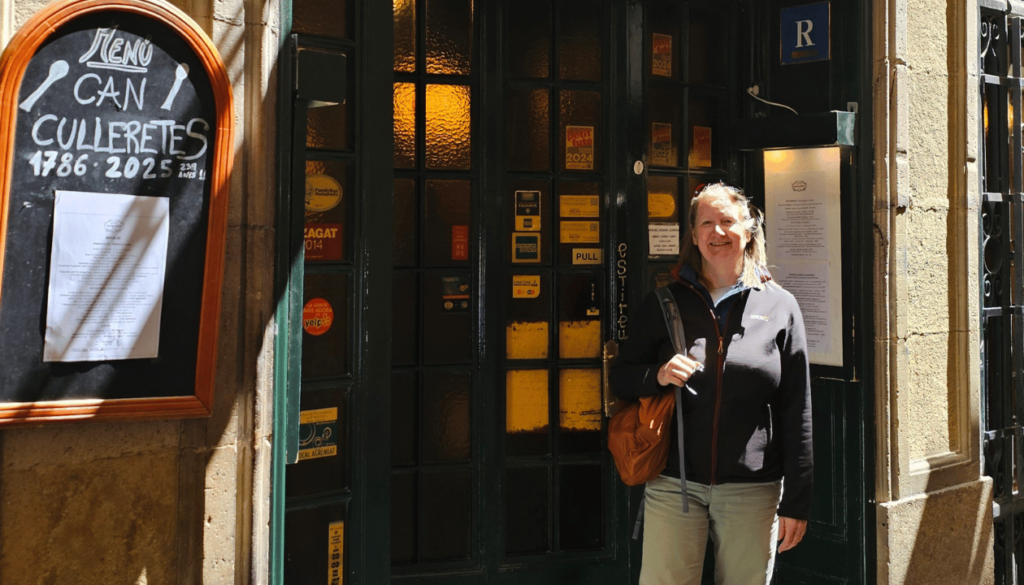
A Taste of Tradition at Can Culleretes, Barcelona
Midweek, we ventured into Barcelona and had lunch at Can Culleretes, the city’s oldest restaurant. With its historic charm and classic Catalan cuisine, it offered a delicious blend of language and tradition.
Elaine practised ordering in Spanish, asked questions about the menu, and interacted with the staff, turning the meal into a hands-on learning experience. From escudella to crema catalana, every dish sparked conversation about Spanish food culture and local customs.
We also had the chance to meet and chat with other travelers, making the dining experience even more enriching.
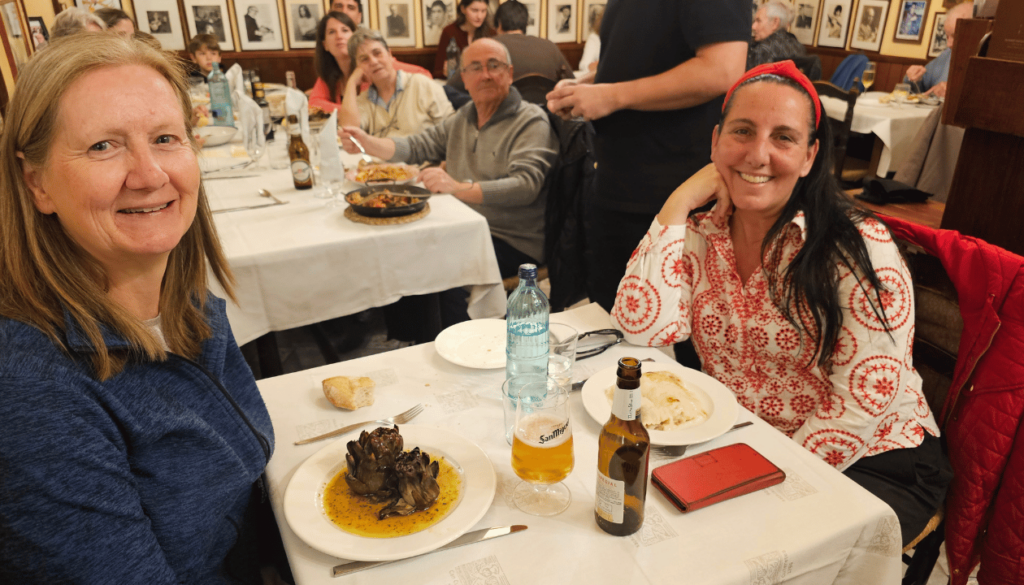
Exploring La Boqueria: A Feast for the Senses
Our visit to the vibrant La Boqueria market was a sensory delight. Strolling through colourful stalls, Elaine engaged confidently in Spanish, asking for prices, identifying ingredients, and practising polite interactions with vendors.
We covered practical vocabulary related to food, weights, and measurements in a truly immersive setting. This was one of Elaine’s favourite lessons, where learning happened so naturally it didn’t feel like studying at all. For those planning similar market visits, here are some tips: always greet vendors politely, ask questions about unfamiliar items, and don’t hesitate to practice your language skills.
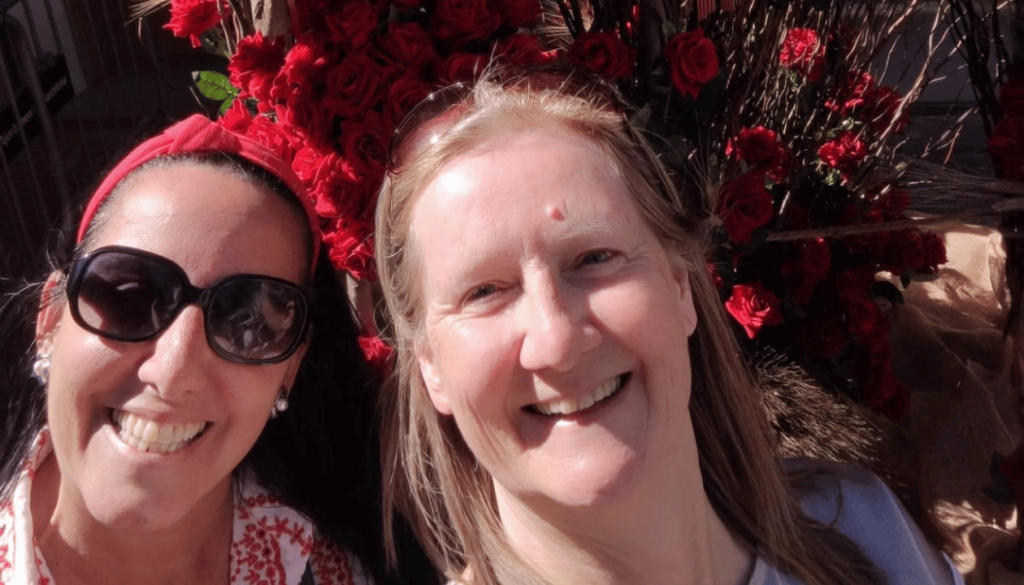
Wandering Through the Gothic Quarter
As we wandered through the narrow, winding streets of Barcelona’s Gothic Quarter, time seemed to slow down. Surrounded by medieval stone walls, hidden courtyards, and centuries-old buildings, Elaine was captivated by the quiet beauty and layered history of the neighbourhood.
The Gothic Quarter, with its timeless atmosphere and cultural richness, became yet another open-air classroom in her immersion journey.
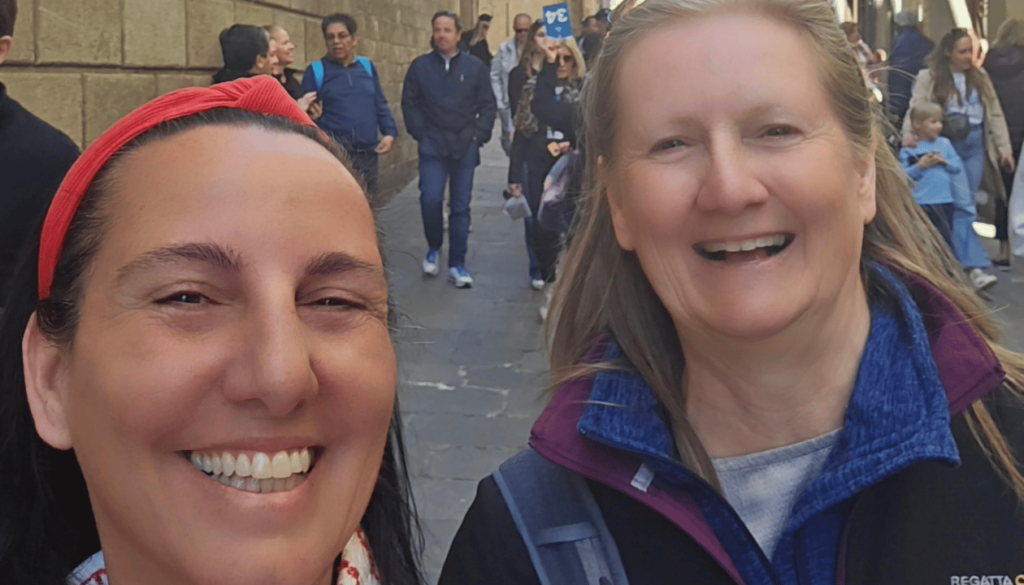
A Joyful Farewell by the Sea
Our stroll along Port Vell was the perfect way to round off an unforgettable week. With the marina sparkling in the afternoon sun and the breeze carrying the sounds of the city, Elaine couldn’t stop laughing.
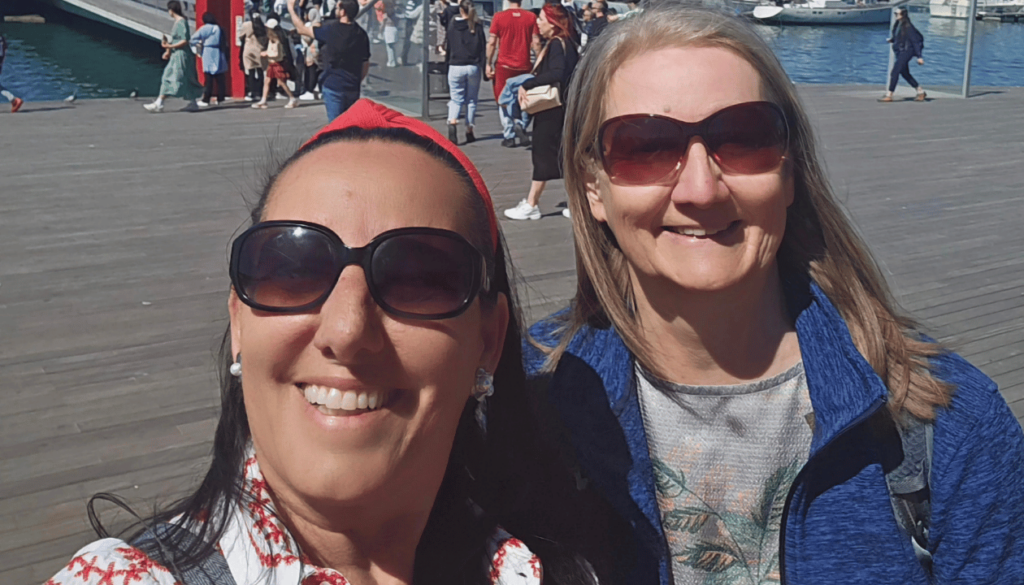
I’m still not entirely sure if she was laughing with me or at me—but the important thing is, she laughed. A lot. She told me she hadn’t laughed like that in ages—not since being with her sisters. And in that moment, I realised just how much this experience had meant to her.
Watching Elaine grow in confidence, connect with the culture, and fill each day with joy reminded me why I love what I do. Having a student like her—curious, committed, and full of life—is a true gift.

